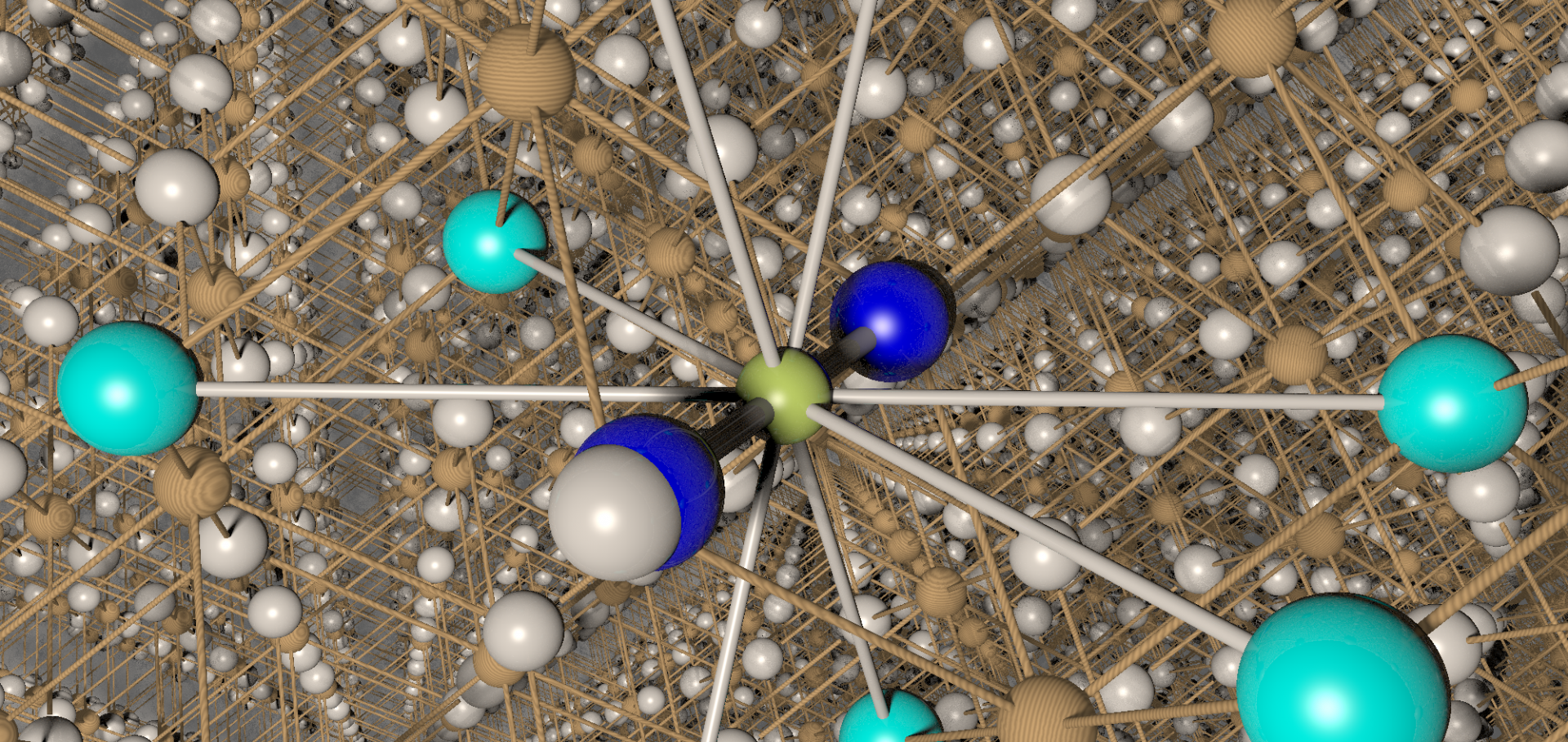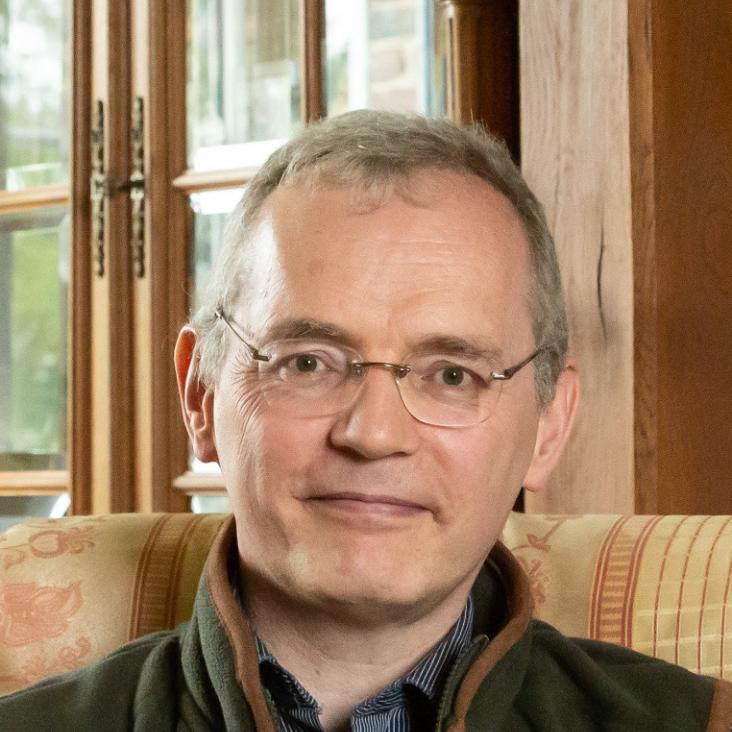LaSr3 NiRuO4 H4 : A 4d Transition-Metal Oxide-Hydride Containing Metal Hydride Sheets
Angewandte Chemie Wiley (2018)
Proposal for the detection of magnetic monopoles in spin ice via nanoscale magnetometry
Physical Review B American Physical Society 97:14 (2018) 140402(R)
Abstract:
We present a proposal for applying nanoscale magnetometry to the search for magnetic monopoles in the spin ice materials holmium and dysprosium titanate. Employing Monte Carlo simulations of the dipolar spin ice model, we find that when cooled to below 1.5K these materials exhibit a sufficiently low monopole density to enable the direct observation of magnetic fields from individual monopoles. At these temperatures we demonstrate that noise spectroscopy can capture the intrinsic fluctuations associated with monopole dynamics, allowing one to isolate the qualitative e↵ects associated with both the Coulomb interaction between monopoles and the topological constraints implied by Dirac strings. We describe in detail three di↵erent nanoscale magnetometry platforms (muon spin rotation, nitrogen vacancy defects, and nanoSQUID arrays) that can be used to detect monopoles in these experiments, and analyze the advantages of each.Observation of a crossover from nodal to gapped superconductivity in Lu$_x$Zr$_{1-x}$B$_{12}$
(2018)
Implications of bond disorder in a S=1 kagome lattice.
Scientific reports 8:1 (2018) 4745-4745
Abstract:
Strong hydrogen bonds such as F···H···F offer new strategies to fabricate molecular architectures exhibiting novel structures and properties. Along these lines and, to potentially realize hydrogen-bond mediated superexchange interactions in a frustrated material, we synthesized [H2F]2[Ni3F6(Fpy)12][SbF6]2 (Fpy = 3-fluoropyridine). It was found that positionally-disordered H2F+ ions link neutral NiF2(Fpy)4 moieties into a kagome lattice with perfect 3-fold rotational symmetry. Detailed magnetic investigations combined with density-functional theory (DFT) revealed weak antiferromagnetic interactions (J ~ 0.4 K) and a large positive-D of 8.3 K with ms = 0 lying below ms = ±1. The observed weak magnetic coupling is attributed to bond-disorder of the H2F+ ions which leads to disrupted Ni-F···H-F-H···F-Ni exchange pathways. Despite this result, we argue that networks such as this may be a way forward in designing tunable materials with varying degrees of frustration.LaSr3 NiRuO4 H4 : A 4d Transition-Metal Oxide-Hydride Containing Metal Hydride Sheets.
Angewandte Chemie (International ed. in English) (2018)


